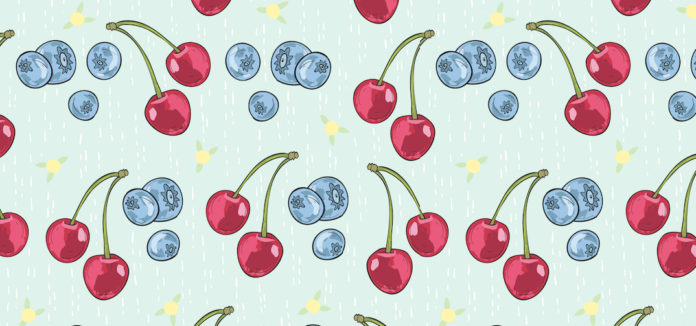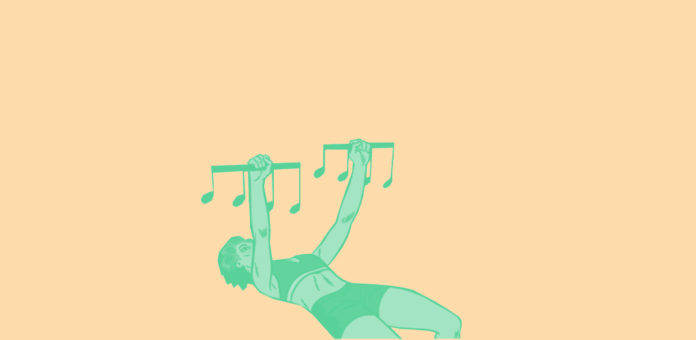When I am trying to be “good,” I eat berries for dessert. New research suggests that eating berries BEFORE a meal may be an even better strategy.
In addition to being a healthy snack, the study shows that those who consumed fresh berries as a late afternoon snack ate 16% less of their dinner than those who had a calorie equivalent snack of “candy berries.” (You know the kind—think gummy bears with a berry flavor and shape). The fresh berry eaters were satisfied with a smaller dinner. They were instructed to eat until they were full and they chose to eat less.
There is strong evidence that eating berries benefits the brain too. Blueberry-fed rats have better memories than their standard-chow fed peers. They also demonstrated better balance and coordination (the task was to traverse a rotating rod—the equivalent of a turning balance beam). Most impressive was how age-related deficits were reversed in the berry-munching rats.
Stressed out young rats also benefit from consuming a diet full of berries. Both behavior and cognitive function improved when more color in the form of berries was added to their diet. Studies in real live people support the finding in rats. When researchers gave young adults a cup and a half of blueberries, their mood improved.
On that note, pass the berries. Hold the whipped cream.
I wish you all the best,
Dr. Samantha Boardman







